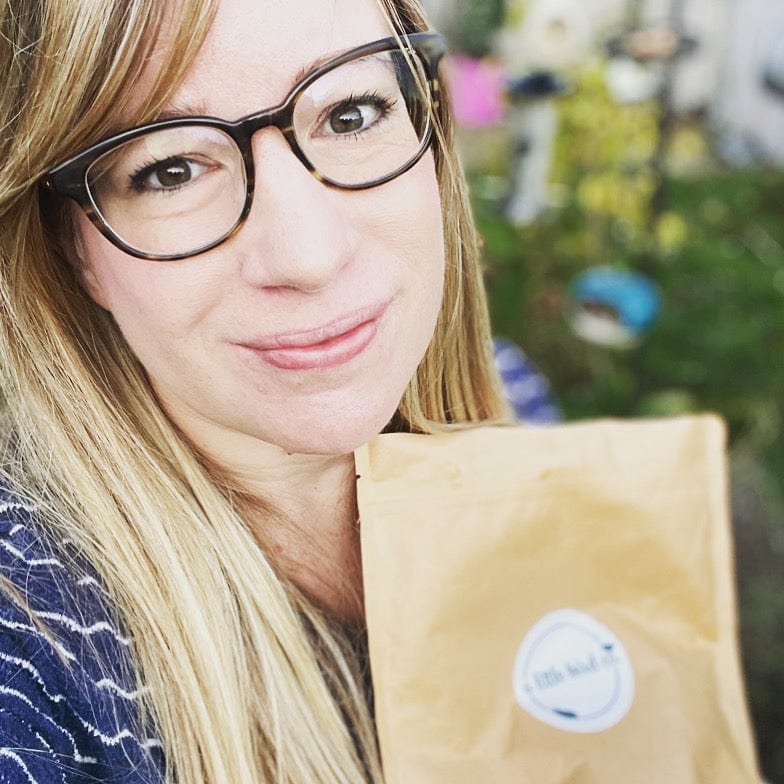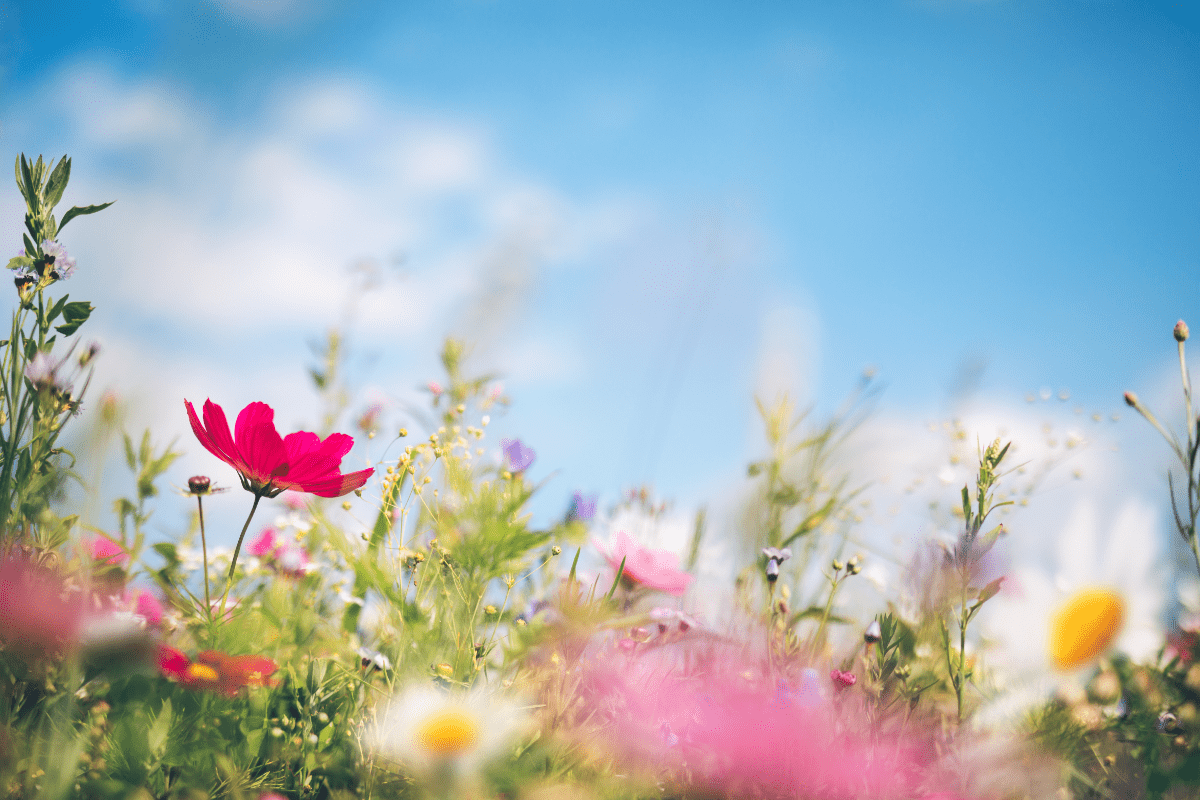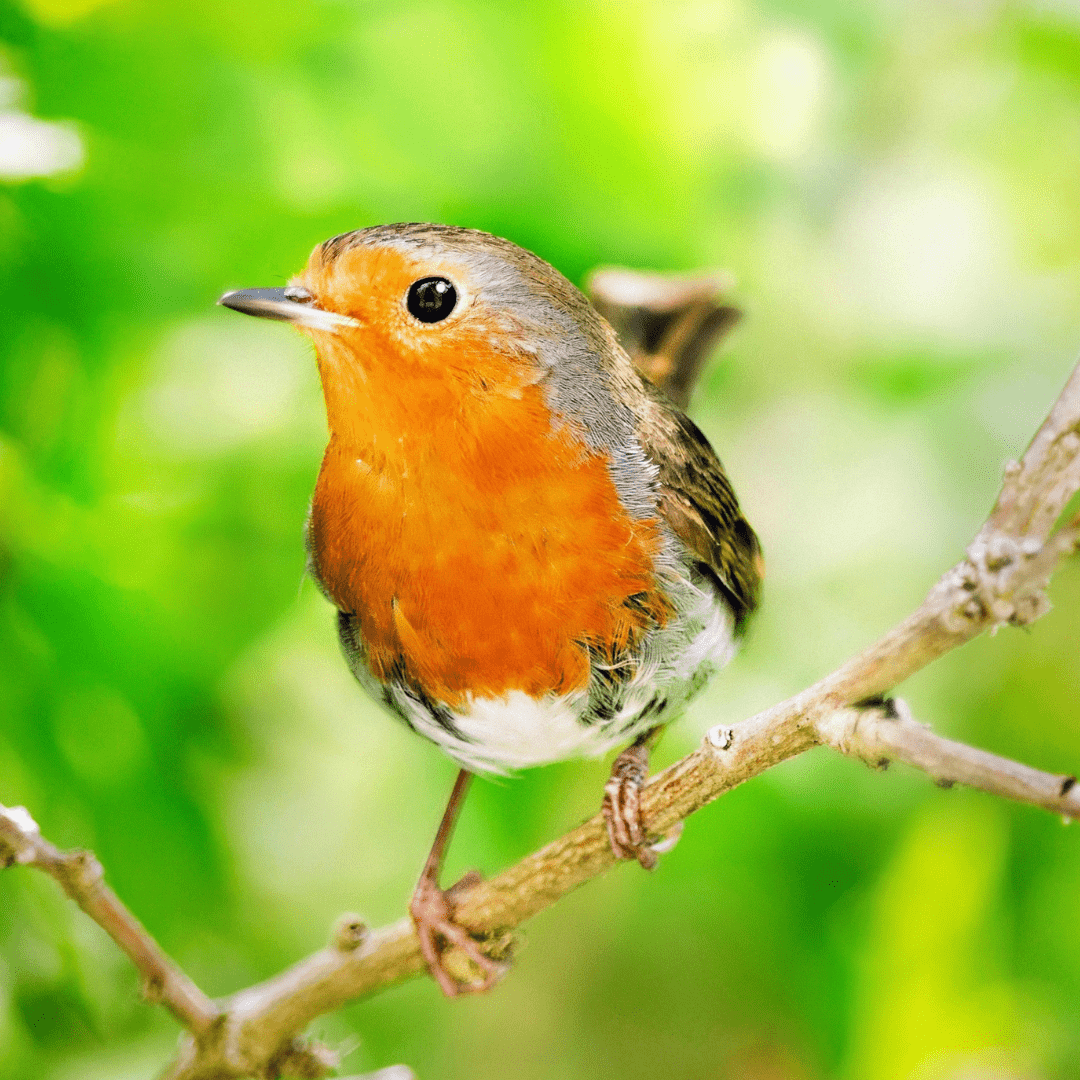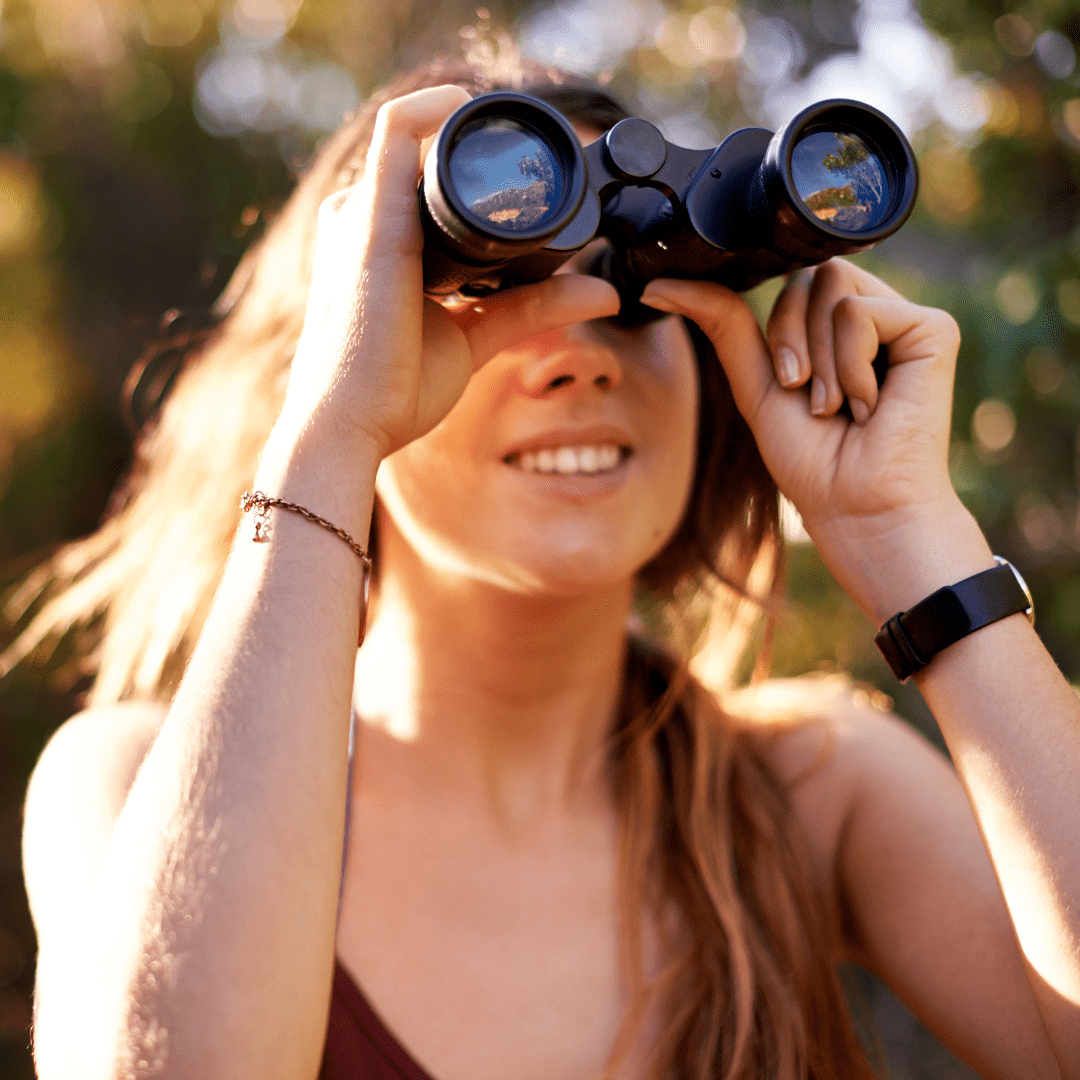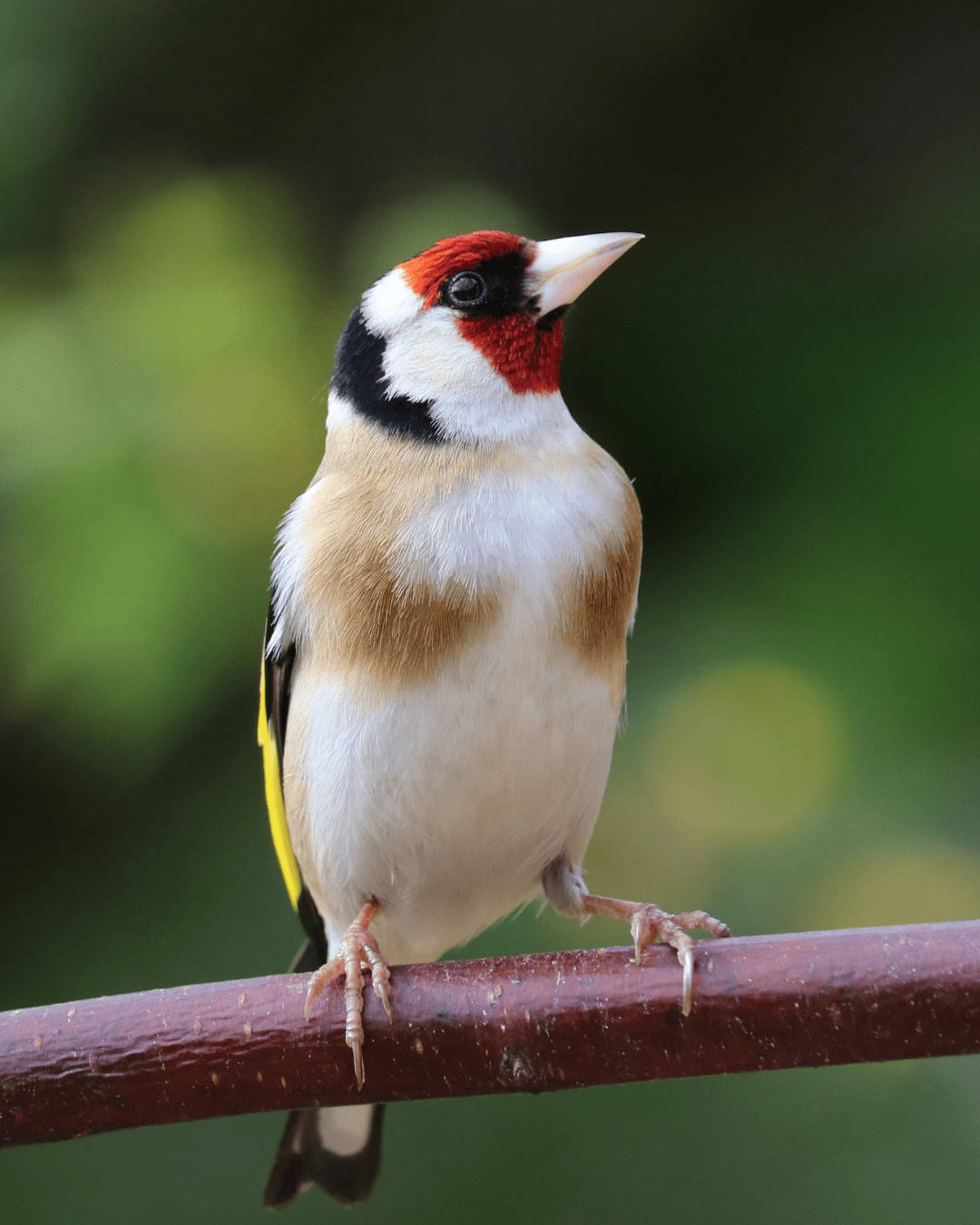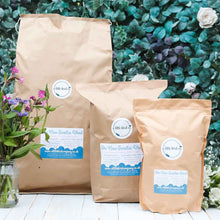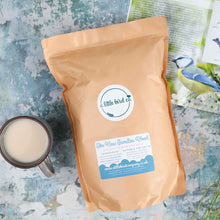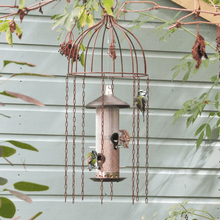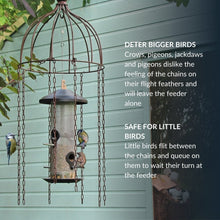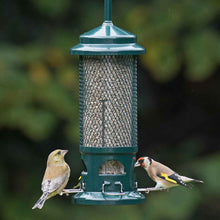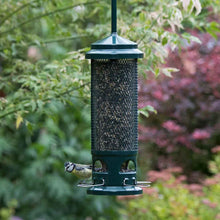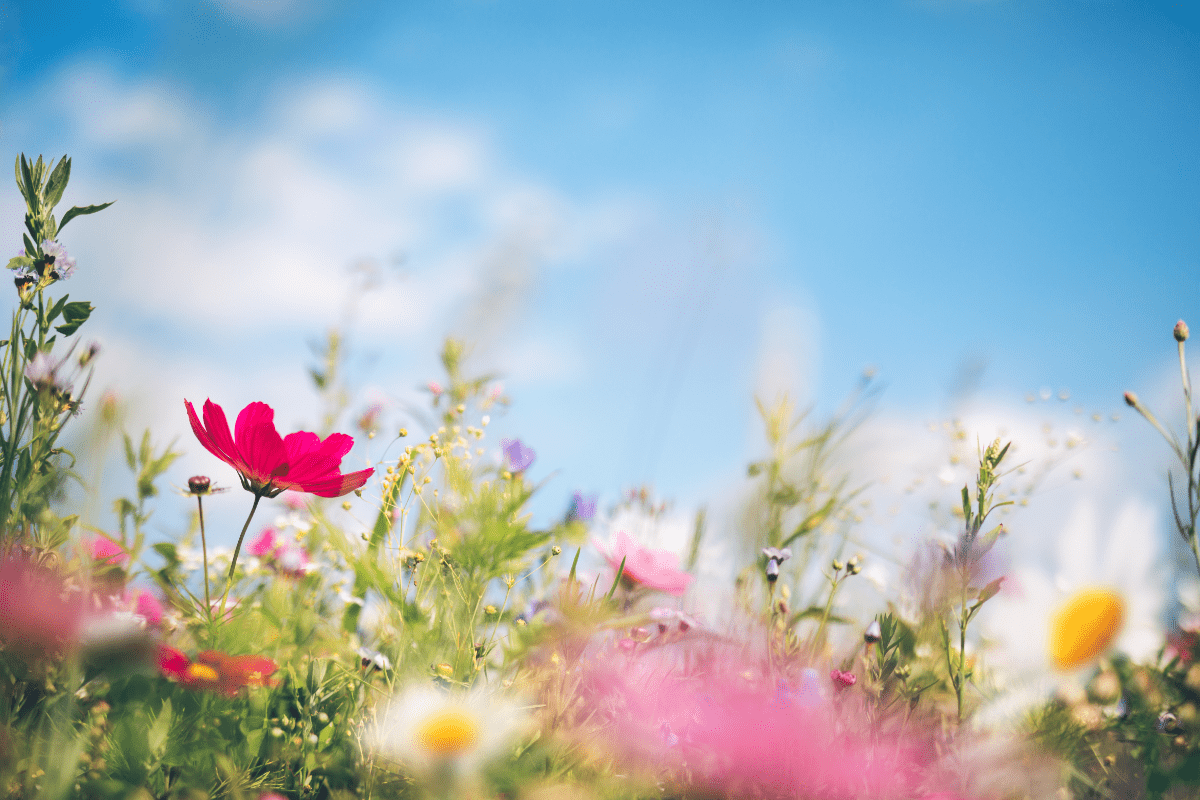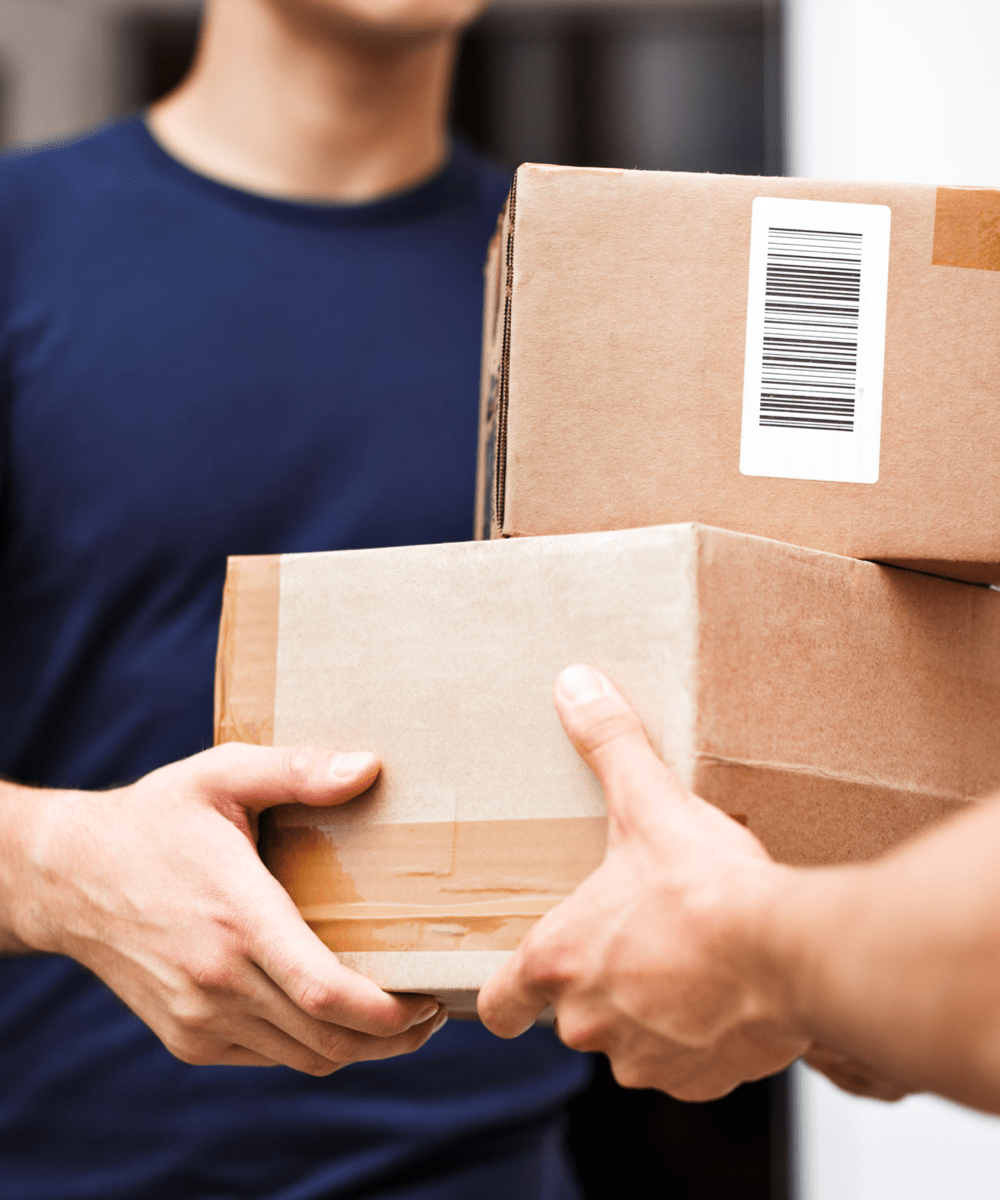Creating a beautiful garden with Lizzie Fox from The Rose Press Garden
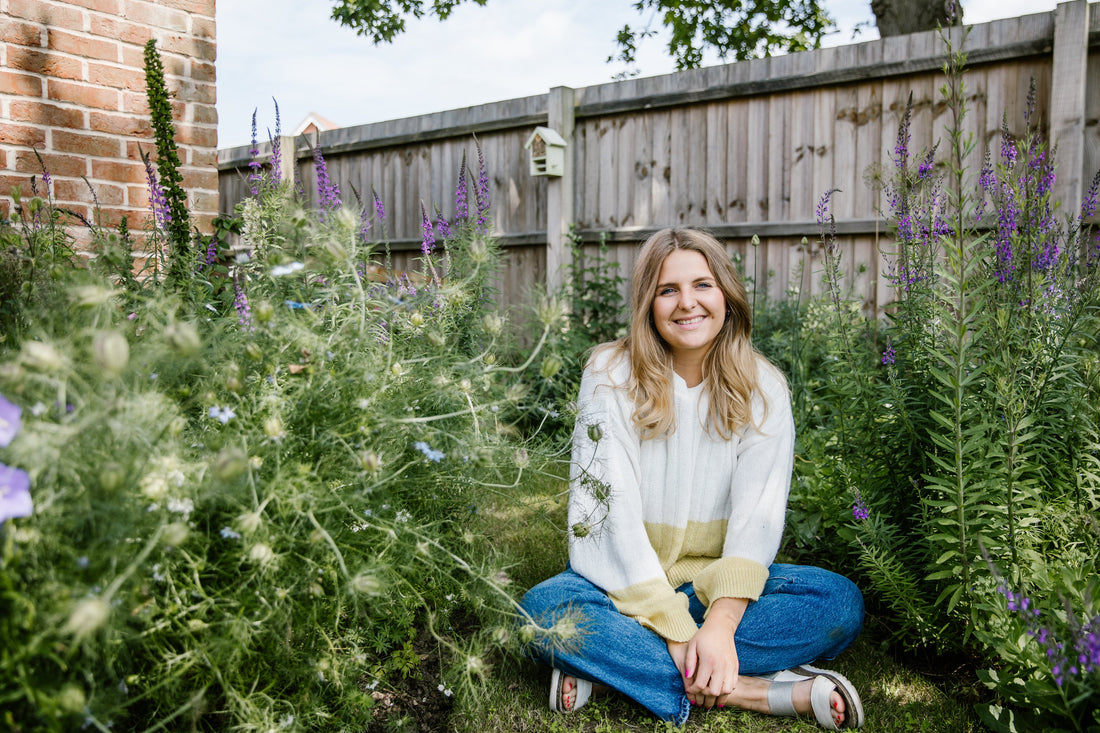
We all understand the value of putting out good quality food to support the birds that visit our gardens, but we can attract and support other wildlife too through our planting choices. This month we hear from Lizzie Fox from The Rose Press Garden, a monthly seed and bulb subscription service making it easy to create a garden that not only looks beautiful, but also provides food and habitats for wildlife.
Hi I’m Lizzie, I am flower and gardening obsessed, I love wildlife and I run The Rose Press Garden which sends flower seeds and bulbs through the post. I am a subscriber to A Little Bird Company and I am learning lots about how to bring more birds into my garden. My grandad was a professional binocular ‘fixer’ so I’ve grown up in the summer holidays bird watching, replicating their sounds and trying to recognise species; but it’s only been since getting my first home that I’ve wanted to attract them to my garden. I had a new build garden which was a blank canvas of mud and rubble- hardly inspiring for wildlife… so I have worked hard to turn it into a flower filled space, and encourage the wildlife to join me. I share my favourite seeds and bulbs via The Rose Press Garden, my seed and bulb subscription business.
Add flowers
This is a great way to encourage more pollinators into your garden. Try sowing a mix of flowers to ensure there is something for them all year round. I recommend planting bulbs such as tulips, daffodils and crocuses for Spring. You could plant these into borders, pots or leave to naturalise in lawns. Foxgloves and roses can be brilliant for early summer nectar, ensure you choose open petalled flowers that the pollinators can easily access. Cosmos, Nicotiana (great for shady areas) and Verbena Bonarensis are all easy flowers to grow from seed for Summer colour. I’d also consider sowing wildflower seeds- you can even sow them into a pot if you’re tight on space! This will not only support pollinators, but will also support small mammals and birds who can feed on the insects.
Encourage hedgehogs
We all love doing our bit for hedgehogs. Ensure you have undisturbed places for them to hibernate. I have a huge oak tree behind my garden so I always collect the leaves and leave them in a quiet corner so hedgehogs can nest. You can also add a hedgehog house if you’re tight on space!
Create a wildlife pond
Despite what people think, it doesn’t have to be huge! Even a small area for wildlife to drink from can transform your space. Add a beautiful feature bird bath, or submerge a small water tight pot into the ground- but do make sure any wildlife can get in and out of it safely. If you have a larger space, creating a pond can encourage frogs which will in turn eat slugs that might be thinking of munching on your plants.
Build for wildlife
Consider adding a ‘bee brick’ to any outside buildings, or create your own bug hotel. This is a particularly fun activity for children. Collect as many different textures of natural material and add them together to create an area for insects to be protected. Dead wood, hollow stems, moss, dry leaves, sticks and even cardboard can all be great additions to get you started.
Add a nesting space
We’re all already doing our bit to encourage birds into our gardens with A Little Bird Company feed, but also think about adding a bird house and where in the garden it should be situated. If you have a new build with fences (like I did) then plant trees and shrubs in areas where the bird boxes are so there is cover and privacy for them throughout the seasons. I’d highly recommend Alamanchier trees for small gardens, Honeysuckle climbers to cover fences and shrubs such as Hydrangeas, Philadelphus and Weigelia are all great for adding structure and cover for birds whilst searching for insects.
If you’d like to learn more about how to create a beautiful garden that is also brilliant for wildlife then Lizzie has more tips and products on her website: www.therosepressgarden.com.

